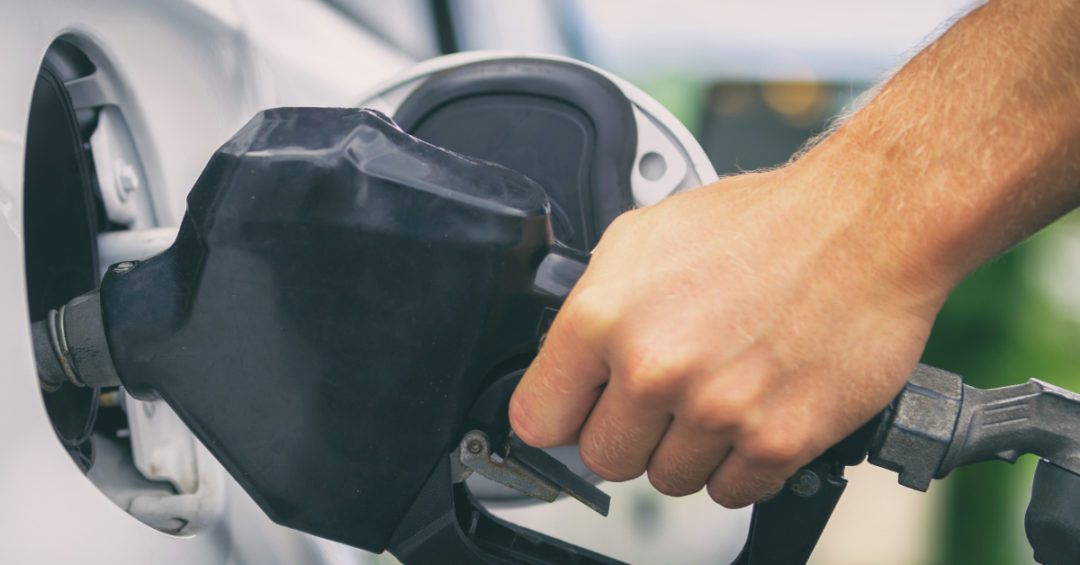CHAMPAIGN, ILLINOIS, US — Barring a resurgence in the coronavirus (COVID-19) pandemic, the US ethanol industry may have seen the worst of the impact from stay-at-home orders and a reduction in gasoline usage, said Todd Hubbs, a professor at the University of Illinois.
“I think we’re in a build and strengthen mode,” said Hubbs, who is clinical assistant professor, agricultural commodity markets, during a farmdoc webinar.
In the last six weeks, ethanol production had dropped 50% as gasoline demand dropped off due to measures taken to limit the spread of COVID-19. Plants were shuttered or drastically reduced capacity with production per day dropping to 537,000 barrels, he said. Last week, that picked up to 617,000 barrels and he expects it to go higher again this week.
Gasoline demand also is increasing from a low of just more than 5 billion barrels per day to around 7.4 billion barrels now. That’s still down from the 9.5 billion barrels typical for this time of year.
“Gasoline demand is picking up quickly as we start opening up the economy,” Hubbs said. “That’s a good thing for ethanol if we can continue this pace.”
Lincolnland Agri-Energy’s ethanol plant in Palestine, Illinois, US, has been operating at a reduced rate since March, said Eric Mosbey, general manager of the facility.
“We tried to match our production to demand and cut costs as much as we possibly can and then see how that plays out,” he said. “Things changed almost weekly throughout the last part of March through April. Now it’s starting to feel a little more stable as we start to see demand come back and customers start to talk about what their needs will be next month. May will be the low water mark for production, but hopefully it comes back in June and the summer, as we start to see driving increase.”
It is always a shock to the economics of a plant when prices are in free fall, especially when there is inventory on the books, Mosbey said.
“But there’s another side to that when recovery comes,” he said. “We’re starting to see customers increase their orders.”
Mosbey said the industry was struggling before the pandemic, but it kept production high even as demand faltered.
“I think it’s going to be really interesting to watch how the ethanol industry responds throughout this recovery,” he said. “Will we see companies blow through to their old production or will they take a more measured and disciplined approach? I’m hoping for the latter.”
Even with ethanol production falling, stocks have still ratcheted up. The market will have to work through some of those stocks to get back to normal levels, Hubbs said.
Ethanol prices fell to unheard lows of 60¢ to 70¢ per gallon, said Scott Irwin, University of Illinois farmdoc economist. Prices have started to move above a $1, so some ethanol plants are beginning to reopen.
As the pandemic developed, the price of corn dropped dramatically toward $100 per tonne while DDGS, a co-product of ethanol production, skyrocketed to $200 per tonne.
“It was way beyond anything we have seen historically,” Irwin said. “The price relationship is returning more back to normal but there are still historically high DDGS prices. We’ll probably see relative strength continue until more ethanol plants open and the supply of DDGS returns to normal.”
The ethanol industry was already in a difficult period pre-pandemic. Net profits are starting to move back into positive territory, but that will have to continue to get the rest of the shuttered facilities back online, he said.
Follow our breaking news coverage of the coronavirus/COVID-19 situation.




